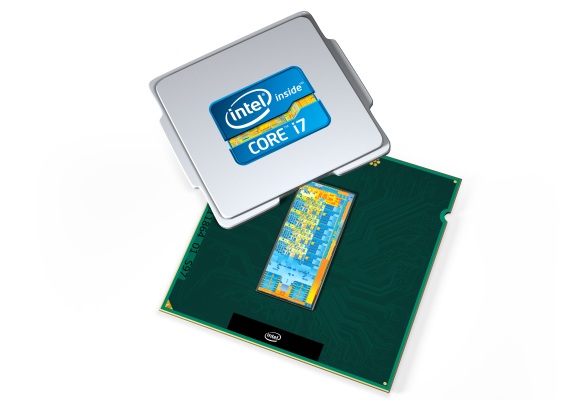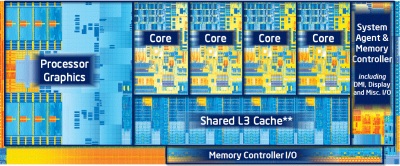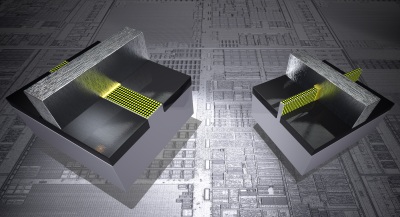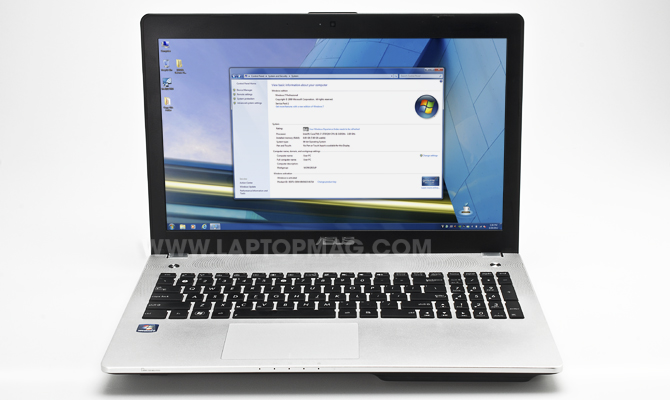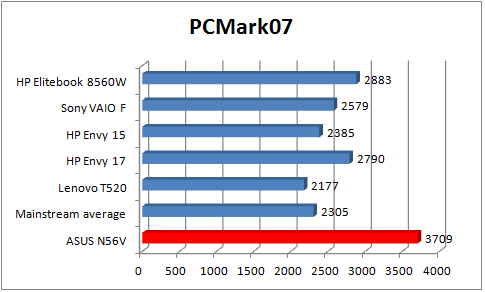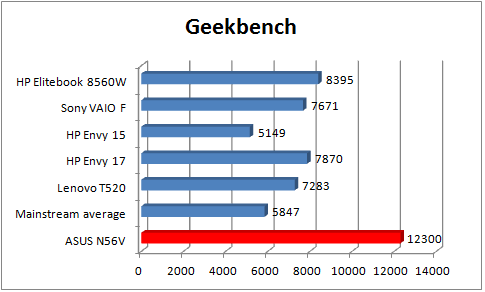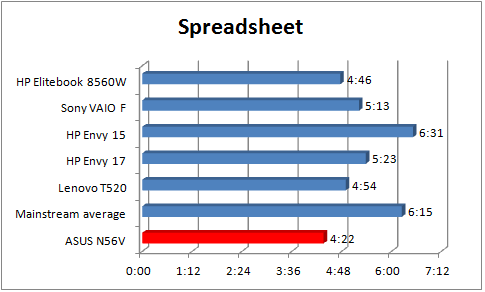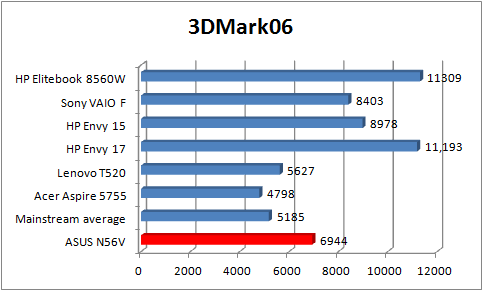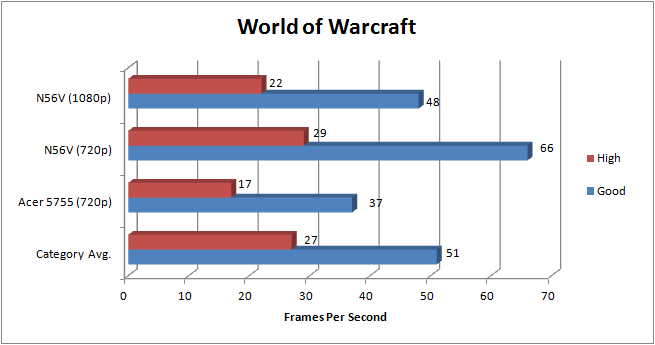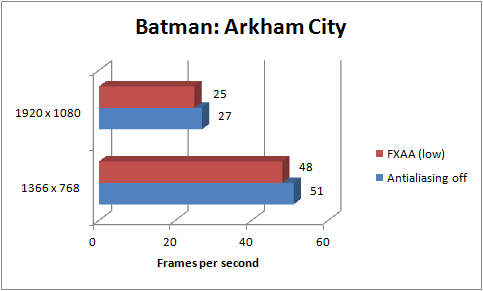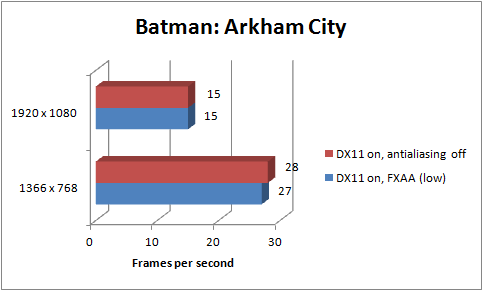Intel Ivy Bridge Tested: Full Benchmark Results Revealed
We want notebooks so sleek you lift them with a finger, but we also want gobs of power. And Intel hopes it has found a way to give us the best of both worlds with Ivy Bridge, a new breed of processor manufactured at a mere 22 nanometers. So how did they do it and—more importantly—what will it do for you? We not only have a complete rundown of the new chip, but in-depth test results, too.
What Is It?
Ivy Bridge is the code name for the next generation of Intel processors. Officially, it will be called “3rd generation Intel Core.” Most notably, Intel has shrunk the size of the transistors to 22 nanometers from 32 nm on the previous generation, known as Sandy Bridge.
The biggest advance is the introduction of a 3D tri-gate transistor design. Placing gates on three sides of the vertical fin on each transistor (pictured on the right above) as opposed to just one gate on a 2D transistor (on the left) lets more current through when those transistors are in the active, or “on,” state, and even less when it’s inactive. Below is an image of what the transistors look like under a microscope.
As a result, Intel says that these transistors will provide a 37 percent increase in speed while using less than half the power of traditional transistors. Basically, Intel was able to cram more transistors into a smaller area, which means notebooks themselves can become smaller and last longer on a charge.
Why should I care?
By Q3 of 2012, nearly all new notebook models sold with Intel chips should use some form of Ivy Bridge, displacing the current Sandy Bridge platform we see today. In terms of hardware design, Ivy Bridge processors should help further the proliferation of inexpensive Ultrabooks—systems that are less than 0.8 inches thick, generally weigh less than 5 pounds and cost less than $1,000—meaning it will be easier than ever to take your laptop with you.
When will it be available?
The first notebooks with Ivy Bridge processors will include the Acer Aspire S5 and the Samsung Series 7 Gamer, Toshiba's lineup of back-to-school systems, as well as its Qosmio X875. The first of these systems should start shipping in a few weeks.
Sign up to receive The Snapshot, a free special dispatch from Laptop Mag, in your inbox.
Also See: Most Anticipated Ivy Bridge Laptops
What will it do?
Intel expects that users should see up to a 15 percent improvement in CPU performance, and up to two times the integrated graphics performance. The first Ivy Bridge processors to ship will be Core i5 and Core i7 chips. Two CPUs—the 1.8-GHz Core i5 3427U and the 2.0-GHz Core i7-3667U—look like they will be destined for Ultrabooks. Mainstream processors include the 2.6-GHz Core i5-3320M, the 2.8-GHz Core i5-3360M and the 2.9-GHz Core i7-3520M. Performance CPUs will include six quad-core Core i7 chips, ranging from the 2.3-GHz 3610QM to the 2.9-GHz 3920XM processor.
Key New Features
Other benefits of Ivy Bridge include native support for DirectX 11, USB 3.0 and Near-Field Communication technology. Native support for USB 3.0, which has previously only been on higher-end systems, means that consumers of all stripes will be able to connect the latest high-speed peripherals, such as hard drives.
NFC support could mean that users could pay for things online simply by tapping an NFC-enabled credit card or phone to their laptop. However, there’s no confirmed partnerships yet.
DirectX 11 support means that the integrated GPU will be able to, in theory, render greater detail in games and the like. We've discovered in tests with Batman: Arkham City that enabling DX11 choked all but the most powerful of laptop GPUs in the past. How will it perform with Ivy Bridge?
Graphics Improvements
As mentioned, Intel's new 4000-series of integrated GPUs bring with them DX11 support, but that's just one feature. Other improvements include support for up to three displays simultaneously, the ability to natively play 3D content, as well as export it via HDMI 1.4.
Intel's Wireless Display technology is also being improved; it will now be able to stream 1080p as well as 3D content, and have less latency than before.
Other features include InTru 3D, which will support glasses-free 3D and convert 2D games to 3D; openCL v 1.1, and OpenGL 3.1. Intel Quick Sync Video--which is used to enable video conversion--has been improved,
Intel Insider 2.0 will allow users to watch content they've purchased from participating distributors on multiple platforms as well as view it offline. That means you could start watching a movie on your home computer, but then continue watching it from the road. Intel expects to line up partnerships with Warner Brothers, Fox, Image Entertainment, and CinemaNow by the end of 2012.
Benchmark Tests
To test the performance of the new Ivy Bridge platform, Intel sent us an ASUS N56V, which has a 2.6-GHz Intel Core i7-3720QM processor and 8GB of RAM. To top it off, the notebook also has an Nvidia GeForce GT630M GPU, which uses that company's new Kepler architecture. (We tested Kepler last month, on an Acer Aspire Timeline Ultra M3.) All told, the system will cost around $1,149.
We compared the ASUS N56V to several high-end notebooks we've reviewed. They are:
- Lenovo ThinkPad T520 (2.6-GHz Intel Core i5-2540M CPU, 4GB RAM, Nvidia NVS 4200 GPU)
- HP Envy 17 (2.2-GHz Intel Core i7-2670QM CPU, 8GB RAM, AMD Radeon HD 7690M GPU)
- HP Envy 15 (2.4-GHz Intel Core i5-2430M, 6GB RAM, AMD Radeon HD 7690M GPU)
- Sony VAIO F (2.2-GHz Intel Core i7-2670QM CPU, 6GB RAM, Nvidia GeForce GT540M GPU)
- HP EliteBook 8560W (2.3-GHz Intel Core i7-2820QM, 16GB RAM, AMD FirePro M5950 GPU)
PCMark07
On this standard benchmark, the N56V far outperformed quad-core Sandy Bridge notebooks. Its score of 3,709 was 33 percent higher than the HP Envy 15. This showing is also a whopping 61 percent faster than the mainstream laptop average, but that includes many notebooks with much less powerful processors without discrete graphics.
Geekbench
The results were more dramatic on Geekbench, as the N56V's CPU scored 47 percent higher than the HP 8560W, which is a high-powered workstation.
Spreadsheet Test
How does that increase in performance translate into real-world scenarios? We ran our Spreadsheet test, which pairs 20,000 names with their corresponding addresses, and timed how long it took the notebook to finish the task. The N56V finished in 4 minutes and 22 seconds, more than 20 seconds faster than the HP 8560W, and almost a minute faster than the Sony VAIO F.
Intel Quick Sync
Intel says that users should see up to twice the performance improvement when using Intel Quick Sync Video. To test this claim, we used Oxelon MediaEspresso to convert a 5-minute 1080p MPEG-4 to an iPod touch-compatible format. The N56V took just 14 seconds to complete the task using Intel QuickSync. That's about twice as fast as Sandy Bridge systems; for example, the Acer Aspire Timeline Ultra M3 took 29 seconds, and the Dell XPS 15 took 36 seconds.
3DMark06
Not surprisingly, the Intel HD 4000 graphics didn't fare all that well compared to high-powered discrete GPUs, but it showed a significant improvement over Intel HD 3000 GPUs. For the purposes of this test, we also included the Acer Aspire 5755, which uses Intel's last-generation integrated GPU. We saw a solid 25 percent increase between the Ivy Bridge-equipped ASUS and the mainstream laptop average.
World of Warcraft
Here's where casual game players will really see the benefit of the new Intel HD 4000 GPU. With the N56V's display set to its native resolution of 1920 x 1080, we averaged 48 frames per second on "World of Warcraft" with the effects set to Good. That's on a par with the mainstream category average, which includes a mix of discrete and integrated GPUs. When we decreased the resolution to 1366 x 768--the most common resolution for notebooks--the N56V averaged 66 fps, well above the category average, and close to twice that of the Acer Aspire 5755 (37 fps).
Moreover, when we maxed out the effects, the N56V's average dropped to 29 fps. While that's on the edge of what we consider unplayable (30 fps), it was still higher than the Acer 5755, as well as the category average.
Batman: Arkham City
We were a bit skeptical that the Intel HD 4000 graphics would be able to handle "Batman: Arkham City," but were pleasantly surprised that we could play the game, albeit under very limited conditions.
We first set the N56V's resolution to 1366 x 768, disabled Anti-aliasing, DX11, and set the detail level to Low. To our delight, the N56V averaged 51 fps. When we turned on FXAA anti-aliasing (the lowest level), frames rates decreased slightly, to 48 fps. We then repeated these two tests, only this time with the resolution set to 1920 x 1080. Sadly, the N56V turned in scores of 27 and 25 fps, respectively.
But what about DX11, which is now supported by the integrated GPU? Well, not so much.
With DX11 set to the lowest level (MVSS and HBAO), antialiasing turned off, detail level on low, and the resolution at 1366 x 768, the N56V managed just 28 fps. Thankfully, turning on anti-aliasing had little effect.
So, while you're not going to be able to play the latest titles with all the eye candy turned on, it's safe to say that you'll be able to get some enjoyment out of Intel's integrated GPU.
Stay tuned for a post where we test "Arkham City" with the N56V's Nvidia GPU.
Battery Life
The ASUS N56V lasted 4 hours and 54 minutes on the LAPTOP Battery Test (Web surfing over Wi-Fi), which is about 20 minutes less than the mainstream average, and fell in the middle of the pack among the other systems we compared it with above . While that result in itself doesn't sound great, we expect better endurance from dual-core Ivy Bridge chips than this quad-core CPU..
Verdict
It's not a huge leap, but the performance gains we saw in our Ivy Bridge test system--with comparable battery life--makes this a strong follow-up to the previous generation of Intel Core processors. We're really looking forward to testing slimmer and sleeker Ultrabooks with Intel's powerful third-generation Core chip inside.
Michael was the Reviews Editor at Laptop Mag. During his tenure at Laptop Mag, Michael reviewed some of the best laptops at the time, including notebooks from brands like Acer, Apple, Dell, Lenovo, and Asus. He wrote in-depth, hands-on guides about laptops that defined the world of tech, but he also stepped outside of the laptop world to talk about phones and wearables. He is now the U.S. Editor-in-Chief at our sister site Tom's Guide, where he oversees all evergreen content and the Homes, Smart Home, and Fitness/Wearables categories for the site..
